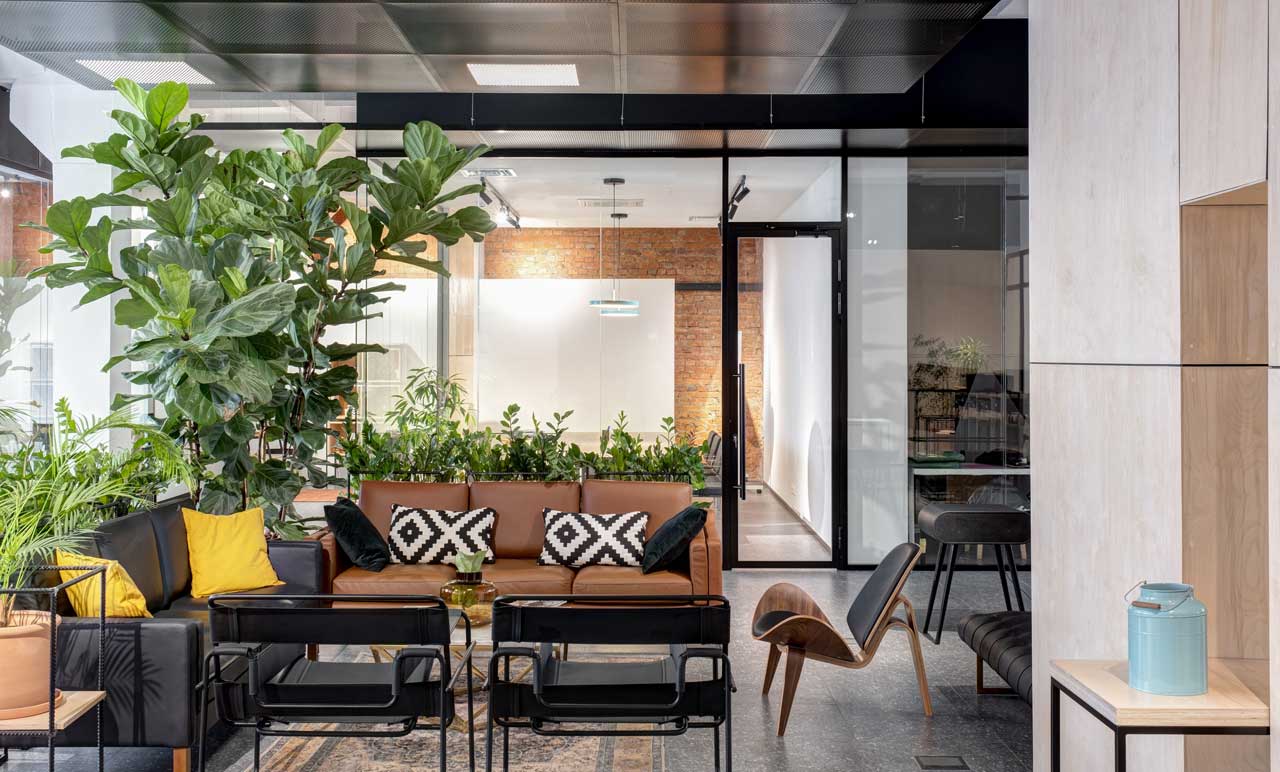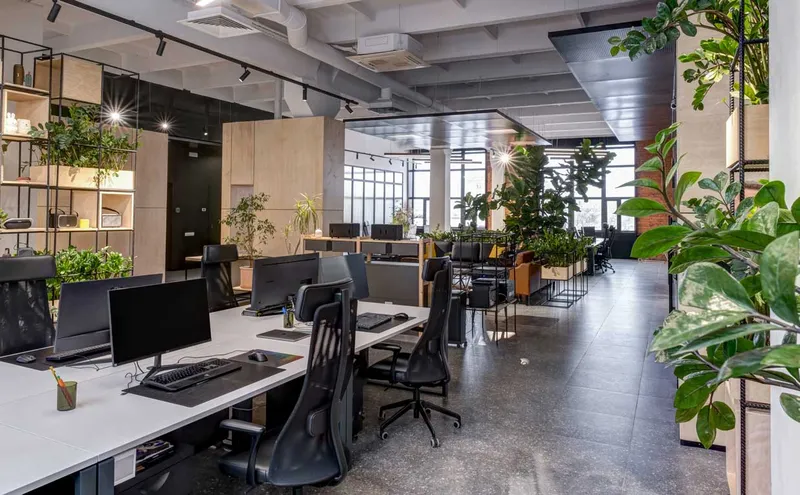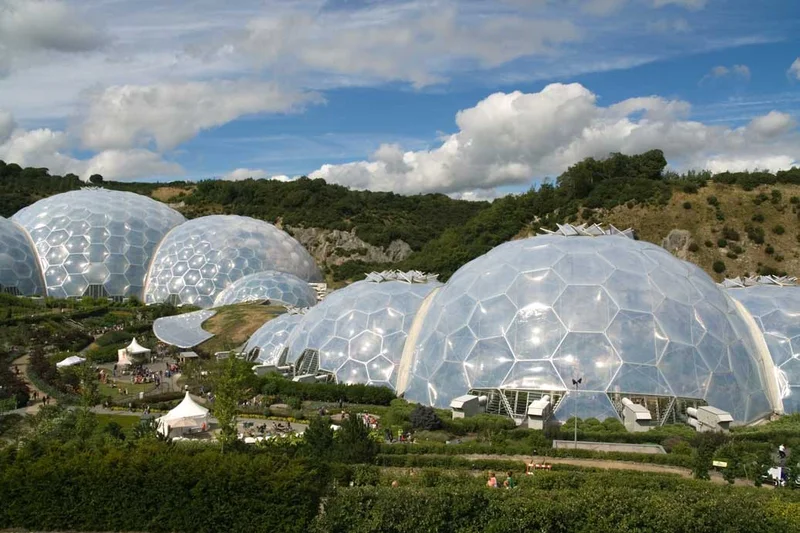
Biophilic Architecture: Integrating Nature in Gold Coast Queensland Design
In our increasingly urbanised world, the vital connection between humans and nature is often diminished. We spend more time indoors, detached from the natural elements that inherently support our well-being. For Queensland architects, particularly those of us practicing on the Gold Coast, Biophilic Design emerges as a crucial architectural approach, intentionally weaving natural elements, patterns, and processes back into our built environments.
What is Biophilia?
The term “biophilia” was popularized by biologist E.O. Wilson, who defined it as “the innate tendency to focus on life and lifelike processes.” It suggests that humans possess an inherent need to connect with nature and other living systems, a connection essential to our psychological and physiological well-being.
This isn’t just about adding potted plants; it’s a philosophy that leverages our innate affinity for nature to create spaces that actively enhance health, boost productivity, and promote sustainability. Let’s explore the principles and applications of bringing nature indoors through thoughtful design, particularly relevant to the lifestyle and environment of the Gold Coast.
What is Biophilic Design?
Biophilic design stems from the concept of “biophilia” – the inherent human tendency to connect with nature. In architecture, it translates to strategies that integrate natural elements directly or indirectly, fostering positive human-nature interactions within buildings.
Biophilic design is an innovative approach that emphasizes the necessity of maintaining, enhancing, and restoring the beneficial experience of nature in the built environment.
Core principles include:
Direct Nature Connection
Incorporating real elements like daylight, water features, plants, and natural breezes. These are tangible experiences of nature that bring the outdoors inside.
Indirect Natural References
Using natural materials (wood, stone), organic shapes, natural motifs, and processes (biomimicry) that evoke nature without being nature itself.
Spatial Experience
Creating spaces that resonate with natural spatial patterns, such as balancing open ‘prospect’ views with secure ‘refuge’ areas, or using varied ceiling heights that mimic natural environments.
The Wellness Connection: Benefits of Biophilia
Integrating biophilic principles yields significant benefits for occupants:
- Reduced Stress & Improved Mood: Exposure to natural elements like greenery, water, and daylight demonstrably lowers stress levels, reduces anxiety, and can improve mood by stimulating positive neurochemical responses.
- Enhanced Cognitive Function: Studies show that views of nature, indoor plants, and good daylighting in workplaces and schools boost focus, creativity, memory, and overall productivity while reducing mental fatigue.
- Better Physical Health: Access to nature encourages movement. Improved air quality (via plants and ventilation) and better sleep cycles (supported by natural light regulating circadian rhythms) contribute to overall physical well-being.
Tip
Even small additions of biophilic elements can have a significant impact. If extensive renovations aren’t possible, consider incorporating potted plants, natural materials in furniture, or repositioning work areas to maximize natural light and views.
Key Biophilic Design Strategies
Architects employ various strategies to weave nature into buildings:
Maximising Natural Light & Views
Strategic use of windows, skylights, and light wells brings daylight deep into spaces, reducing reliance on artificial lighting and connecting occupants to outdoor conditions. Framing desirable views of landscapes, water, or gardens is paramount.
Integrating Vegetation
Living walls, indoor gardens, courtyards, green roofs, and strategically placed planters directly introduce nature, improving air quality, adding visual appeal, and offering restorative qualities.

Incorporating Water
Features like ponds, fountains, or water walls provide soothing auditory and visual elements, promoting tranquility.
Using Natural Materials & Patterns
Employing wood, stone, bamboo, and other natural materials provides a tactile connection to nature. Incorporating patterns and forms found in nature (like honeycomb structures, leaf motifs, or fractal patterns) creates subtle but powerful references.
Designing Spatial Variety
Mimicking natural environments involves creating diverse spatial experiences – balancing open, expansive areas (‘prospect’) with smaller, protected zones (‘refuge’). Varying ceiling heights and creating clear transition spaces between indoors and outdoors further enhance this connection.
Biophilic Design Applications Across Sectors
The principles apply universally, enhancing various building types:
- Residential: Creates healthier, calmer homes promoting relaxation and connection to private gardens or balconies. Essential for Gold Coast living.
- Workplaces: Boosts productivity, creativity, and employee satisfaction while reducing stress. Key for modern Gold Coast offices.
Academic Research: Biophilic Design in Hybrid Workplaces
In our recent academic paper “Designing the Future of Work: Principles and Approaches for Hybrid Workplaces”, we explore how biophilic design principles are crucial for creating effective hybrid work environments. The research highlights that integrating natural elements into workplace design not only enhances employee wellbeing but also supports the flexibility required in modern work arrangements. As Queensland architects, we apply these evidence-based approaches to create workplaces that seamlessly accommodate both remote and in-person work modalities while maintaining a strong connection to nature.
- Hospitality: Enhances guest experiences in hotels and restaurants, creating memorable, restorative environments connected to the local setting.
- Healthcare: Proven to reduce stress, accelerate patient recovery, and improve staff well-being through views, daylight, and access to healing gardens.
- Education: Creates more stimulating and nurturing learning environments, improving focus and cognitive development. Outdoor learning spaces offer hands-on nature connection.
- Retail: Enhances the shopping experience, making spaces more inviting and potentially increasing dwell time.
Biophilic Design in Practice: The Eden Project

The Eden Project exemplifies biophilic design at a grand scale. Its iconic geodesic domes house vast indoor rainforests, immersing visitors in diverse plant biomes from around the world. The structure itself draws inspiration from natural forms while creating an environment where people can directly experience and learn about nature.
This landmark project demonstrates how architecture can celebrate natural systems while educating visitors about their importance, creating a deeply immersive experience that connects people with the plant world.
Queensland-Specific Applications of Biophilic Design
The unique subtropical climate and natural environment of Southeast Queensland offer exceptional opportunities for biophilic integration:
Regional Adaptation
Effective biophilic design on the Gold Coast responds to our specific environmental context:
- Climate-Responsive Solutions: Queensland’s subtropical climate allows for more porous boundaries between indoors and outdoors than many other regions, with opportunities for semi-outdoor spaces, cross-ventilation, and abundant natural light.
- Local Biodiversity: Incorporating native Queensland plant species supports local ecosystems while creating authentic connections to place.
- Water Consciousness: With Queensland’s variable rainfall patterns, biophilic water features can be designed to celebrate water as a precious resource through rainwater harvesting and water-sensitive design.
Notable Examples
Biophilic design is increasingly evident globally:
- The Bullitt Center (USA): A leading example of sustainable commercial building, integrating green roofs, rainwater harvesting, and optimized daylighting.
- Bosco Verticale (Italy): Residential towers famously adorned with extensive vertical forests.
- 1 Hotel Brooklyn Bridge (USA): Utilizes reclaimed materials, abundant greenery, and expansive views to create a nature-focused guest experience.
Implementing Biophilic Design: Considerations
Important
Biophilic elements require thoughtful planning and maintenance. Living walls and extensive indoor planting need proper irrigation, drainage, and care systems. Always consult with specialists who understand both the horticultural and architectural requirements of integrating nature into buildings.
Successfully integrating biophilia involves:
- Context is Key: Analyzing the specific site, climate (like the Gold Coast’s subtropical conditions), and local ecology informs appropriate strategies.
- Integration, Not Just Addition: Principles should be woven in from the start, not just added as decoration. Collaboration between architects, landscape architects, and engineers is vital.
- Maintenance: Natural elements require care. Selecting appropriate species and designing efficient systems (like irrigation) is crucial for long-term success.
- Balancing Cost & Benefit: While some features have upfront costs, the long-term benefits for well-being, productivity, and potential energy savings often provide significant value. Prioritizing high-impact elements like daylighting and views is often cost-effective.
The Future is Biophilic
As we increasingly recognize our fundamental need for nature, biophilic design is moving beyond individual buildings to shape entire communities and cities. Concepts like biophilic urban planning, green infrastructure, regenerative design (buildings that actively restore ecosystems), and networks like Biophilic Cities highlight a future where the built environment actively supports both human and ecological health.

Final Thoughts: Queensland Biophilic Architecture
Biophilic design offers a powerful framework for creating healthier, more sustainable, and deeply engaging architecture. By thoughtfully integrating nature, we enhance human well-being and foster a greater respect for our environment.
As architects practicing on the Gold Coast, a region blessed with incredible natural beauty, we see biophilic design not as a trend, but as an essential element of creating truly responsive and enriching spaces that honor both our clients and the unique environmental context of our region.
Inspired to bring the benefits of biophilic design to your Gold Coast project? Contact our Queensland architectural team to explore how we can integrate nature into your architectural vision.
Gold Coast Biophilic Design Services
Our architectural practice specializes in creating buildings that respond to Southeast Queensland’s unique environment through:
- Climate-responsive design that maximizes natural ventilation and light
- Integration of native Queensland plant species for authentic connection to place
- Indoor-outdoor transitions that celebrate the Gold Coast lifestyle
- Sustainable water management suited to Queensland’s variable rainfall patterns
- Material selections that withstand coastal conditions while connecting to the natural world